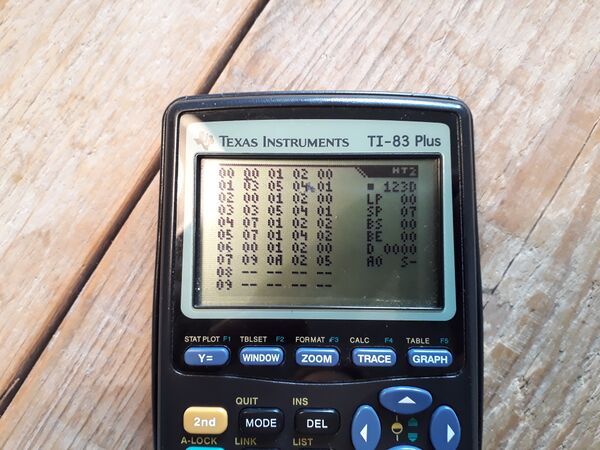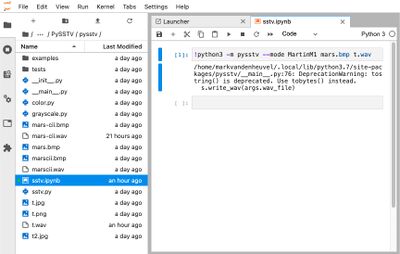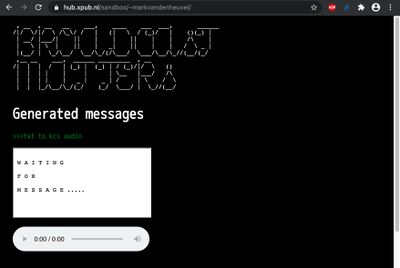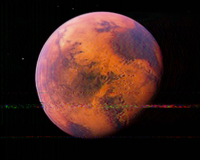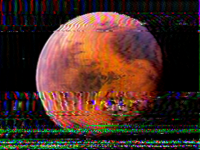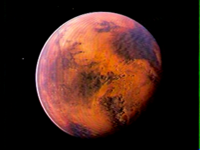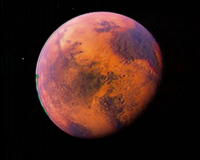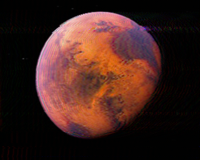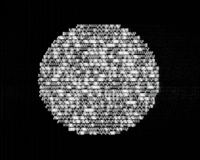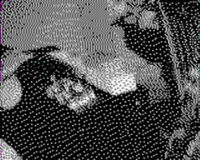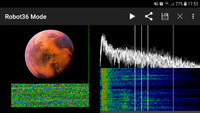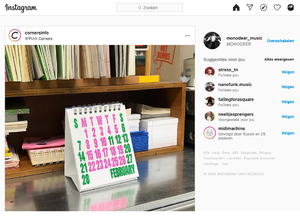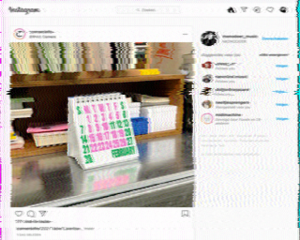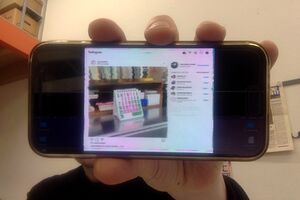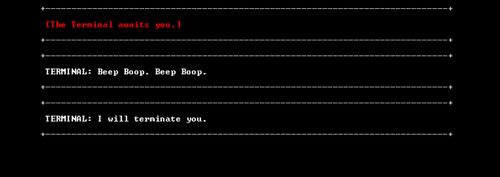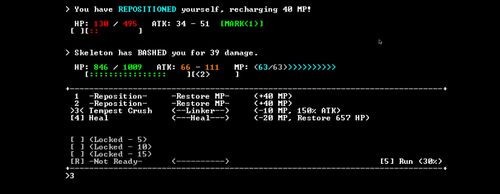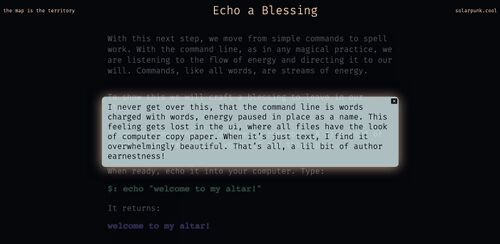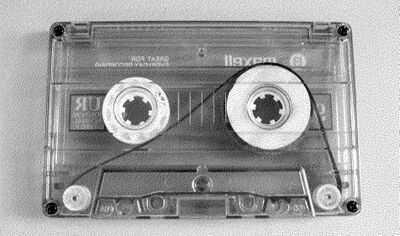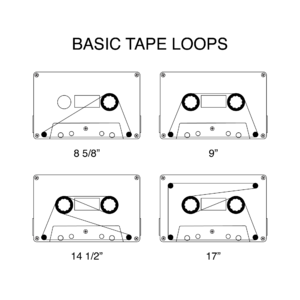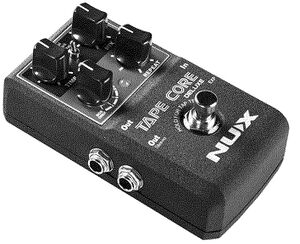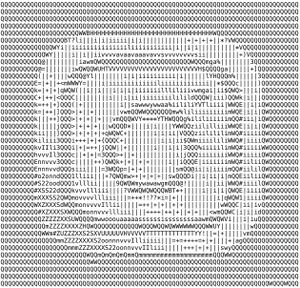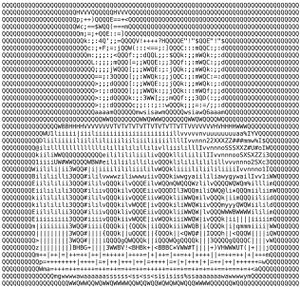User:Markvandenheuvel/prototyping hackpacts
Hackpacts: Home school prototyping
Project: CONVERSATION between formats (COURSE?)
mixed between practical info and fiction sending > receiving information focus on details regarding digital networking and data modulation (processing) meaning of text: ASCII as image, code, sound, etc.
> Hosted on a Raspberry pi as publication!
Form of interactive fiction: (talking on a personal level) -Welcome to my home, you are here: showing pi -you traveled a long way to get here - you just looked outside through a window, staring at the screen again, you think about the past.
playing with the regular interaction: "Are you a robot?
Found tapes: -'alfa training' course for motivation, autonomy, and confidence to make decisions - software (detail: music snippets of abba in between) - How to get online: recordings, of course, a process (mechanical typing sounds) - sound & music: leaders: 1bit music
Prototypes:
- IRC bot experiments: (Urzaloid Franklin)
- 1-Bit sound synthesis (on a 'hacked' TI calculator)
- SSTV tests in Python: sending / receiving (encoding - decoding, storing on tape)
- AALIB experiments + Ascii (quilting) and : img to txt / ascii generator
- KCS workflow: txt input > generated text > KSC audio > HTML
- API scraping(Planetary NASA data mixed with other sources)
- A)PART to de(PART PY.RATE.CHNC workshop: collaborative tape loop creation and recording (materiality of magnetic tape, deconstruction of sound, sonic fiction)
- interactive fiction + text based interface writing
Assessment: Michael says" "BE SELECTIVE!"
To add:
- SI #10: flakes
- SP #12: Daisy Bell, Bird report, etc
- py.rate: creating! sharing
1-bit music: TI-83+ calculator experiments
I came across an open-source project that makes it possible to 'hack' old Texas Instruments calculators and turn them into 1-bit music composing tool (instrument). The program ([Houston Tracker)] is still not being used so much and remains quite obscure. HT2 converts the binary output of the TI-calculator to generate 1-bit sound. What I think is really interesting is that 1-bit sound represents the on/off binary basics of computing. The 1-bit sound is therefore close to the process.
key points:
- 1-bit music programming and playback (using Houston Tracker II by UTZ)
- materializing binary data + sound of the CPU
- recording on cassette tape (digital to analog processing)
- the benefits of working with limitations.
- 'the sound of computing'
- 'Zombie media': reappropriation of obsolete tech and explore it's potential instead of discarding it: what does it mean?
- low-tech design: reveal inner workings (transparency)
- implement it in today's workflow (audio/visual, programming, etc)
Publishing: To spread this project and both music, I thought about making a publication/release/demo in one.
Not only for the music as an artist but also to spread the word about this project:
- I would write a 4 track album for it and release it on a TI-83.
- People that buy it would receive a TI with the tracks on it (collected from thrift store / Marktplaats)
- mail it to people
If interest arises:
- hands-on hardware to get started.
- See how tracks were produced might get people started
- enlarge interest, spread the word & expand community?
This way, the public can not only listen but also directly engage and get their hands dirty if preferred. What I also think is interesting that in contrary to making music with the sound chip of obsolete gaming consoles is that it's much further detached from retro aesthetics. So it focuses much more on the tech part and thinking how to use this device otherwise.
playful ideas & potentials to further explore:
- publication to make 1-bit sound
- implementing graphics: bitmaps
- How to embed this in a modern context? What's the use?
- BASIC programming language
Resources
TiLP is a linking program for Texas Instruments' graphing calculators:
http://lpg.ticalc.org/prj_tilp/
HoustonTracker 2 is a music editor/sequencer for the Texas Instruments TI-82, TI-83/82STATS, and TI-83+/84+/SE. It allows you to compose and play multi-channel 1-bit music directly on your TI graphic calculator: https://irrlichtproject.de/houston/
Graphlink cable for converting binary data to sound: https://www.amazon.com/Texas-Instruments-94327-Graphlink-USB/dp/B00006BXBS
links
- Houston Tracker 2: https://www.irrlichtproject.de/houston/houston1/index.html
- DOORS GUI: https://dcs.cemetech.net/index.php/Doors_CS_7_Scratchwork
- graphics: https://www.ticalc.org/pub/win/graphics/
- 1-bit synthesis paper: https://www.gwern.net/docs/cs/2020-troise.pdf
- 1-bit synthesis techniques: https://phd.protodome.com/#anchor-pulse-width-sweep
SSTV (Slow Scan Television) experiments
- protocol/standard to send images over radio
- for the experiments I am using Python3 in Jupyter Notebook
- exploring the materiality of data via sound
- 'slow' data transmission (in contrast with invisible processes and speed)
- encoding /decoding: deconstruction of data
- both interests combined: lo-tech graphics & sound!
- Website prototype
proof of (half baked) concept:
https://hub.xpub.nl/sandbox/~markvandenheuvel/
LISTEN
- Sound file of Mars image(mode: MartinM1: File:Sstv mars.mp3
- Sound file of Mars ascii image (mode: MartinM1) File:Sstv ascii mars.mp3
- SSTV tests
playful ideas & potentials to further explore:
- IRC bots that send audio signals you can receive with your phone!
- Instagram offline broadcasting
- broadcasting images over Spotify
- music & SSTV data combined? https://www.youtube.com/watch?v=tJ2X6HmW49E
- 'Instagrain Broadcasts'
Listen to this image: https://hub.xpub.nl/sandbox/~markvandenheuvel/results/t.wav
resources:
- boadcasting software: https://www.qsl.net/kd6cji/downloads.html
- Python scripts to convert images to audio: https://pypi.org/project/PySSTV/
- general resources: http://users.belgacom.net/hamradio/sat-info.htm
- RXSSTV: http://users.belgacom.net/hamradio/rxsstv.htm
- SSTV tools (encoding/decoding) http://www.dxatlas.com/sstvtools/
- recent SSTV project: https://hsbp.org/rpi-sstv
- Pictures On Cassette: https://www.youtube.com/watch?v=c38dLDQoRtM
KCS: digital data standard explorations
- KCS workflow setup in Python (Jupyter Notebook) (text input > generated text > KSC audio > HTML)
- slow data transmission / image arise line by line
- materiality of data via sound (physical connection, embodiment of a process)
- deconstruction: encoding/decoding
- storage and playback (on audio cassette)
playful ideas & potentials to further explore:
- bot that outputs encoded texts via audio
- bot that outputs encoded ascii art (ASCII IMAGES) via audio
- printing out text receipt printer
- creating a modern Flexi disc floppy rom: https://en.wikipedia.org/wiki/Kansas_City_standard#/media/File:FloppyRom_Magazine.jpg
resources
- KCS standard: https://en.wikipedia.org/wiki/Kansas_City_standard
- Storing https://www.instructables.com/Storing-files-on-an-audio-cassette/
- future of data storage: https://spectrum.ieee.org/computing/hardware/why-the-future-of-data-storage-is-still-magnetic-tape
- Data Files on Tape (A Modern Attempt) https://youtu.be/muJDUonIOz8
Interactive Fiction/'Text-based' adventure
File:Https://slideplayer.com/slide/13434284/80/images/9/Branching+Story+Example.jpg
https://en.wikipedia.org/wiki/Text-based_game https://en.wikipedia.org/wiki/Ergodic_literature
Tutorial with David Moroto: https://www.davidmaroto.info/
"I think we met before... You find yourself in an empty space. Look to the right… What do you see? If you look to the left, there is a window that allows you to look at the past. Behind you is a door to future"
Inspiration: SanctuaryRPG - (Classic Text Adventure Game)
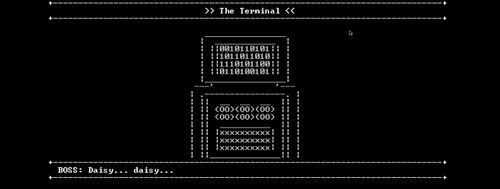
Inspiration: Solarpunk: The map is the territory
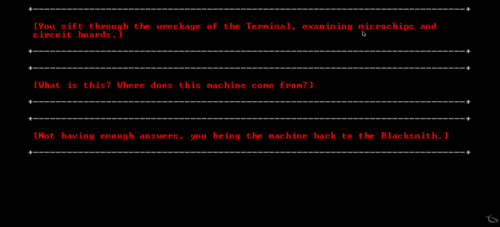
Inspiration regarding tone of voice: Shadow Wolf Zine (ASCCI zine by Legowelt about various topics)
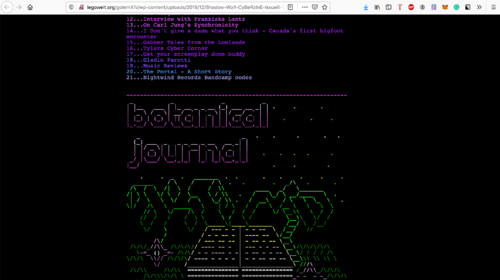
PI: Selfhosting IRC + bot
https://pythonspot.com/building-an-irc-bot/
Urzaloid Franklin
Sandbox as a publication:
- showing where it is! (this is where you are!)
- what happens when you visit (exposing a process with the emphasis on materiality)
resources:
- shell: showing processes! https://github.com/jupyter/terminado
Tape + analog sound/recording experiments
{[youtube|-aV9Z73JOA4}}
Deconstruction workshop: materializing data over sound
- recording sound of a deconstruction process: transfer to the physical carrier (analog tape)
- recording data of images: broadcast SSTV signal
- material combined in audio-visual performance
- the delay and reverb on binairy sounds - tapeloops: KCS code loops that generate textual / ascii output? - 1-bit drone
> https://pzwiki.wdka.nl/mediadesign/A)PART_to_de(PART
main question:
- How do people interact with these processes and connect it the notion of Sonic Fiction?
AALIB + ASCCI generating experiments
>>>>>>>C0/\/\/\/\0N F/\CT0R<<<<<<<
Related:
- 'wacky tech' (low and obsolete tech processes )
- what meaning emerges when low-tech meets high-tech
- regaining autonomy and the value of misusing technology
- revealing inner workings (trough sonification of a process)
- obsolete systems as a method (not retro!)
- the affordances of not emulating
- "sonic fiction"
- meaning that occurs when going between formats
general links:
- https://www.westminsterpapers.org/articles/10.16997/wpcc.209/print/
- https://www.electronicdesign.com/industrial-automation/article/21808186/sending-data-over-sound-how-and-why
- https://spectrum.ieee.org/computing/hardware/why-the-future-of-data-storage-is-still-magnetic-tape
- http://screenl.es/slow.html

